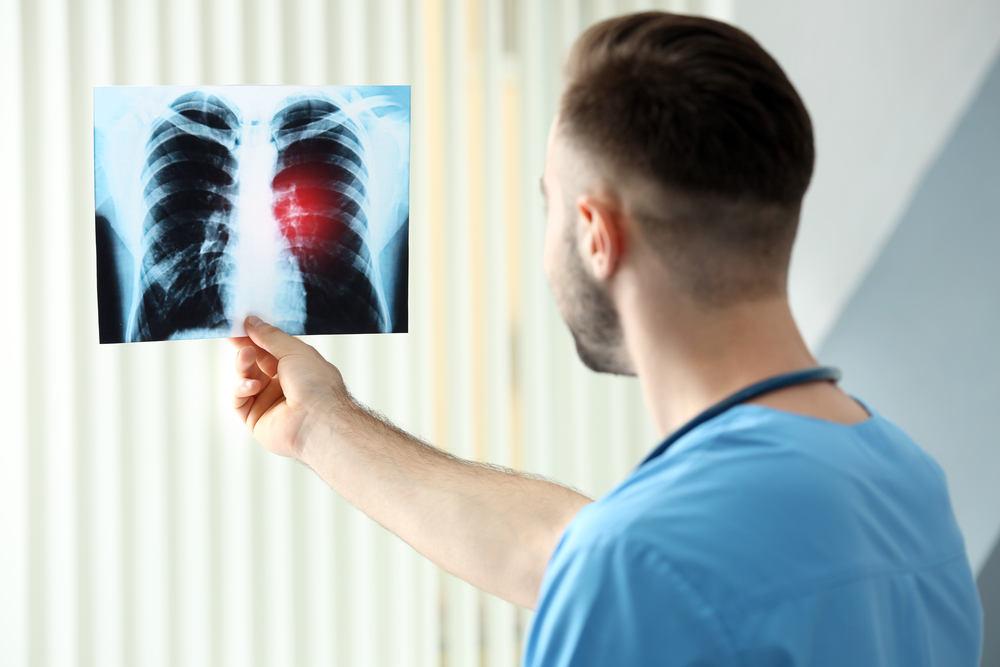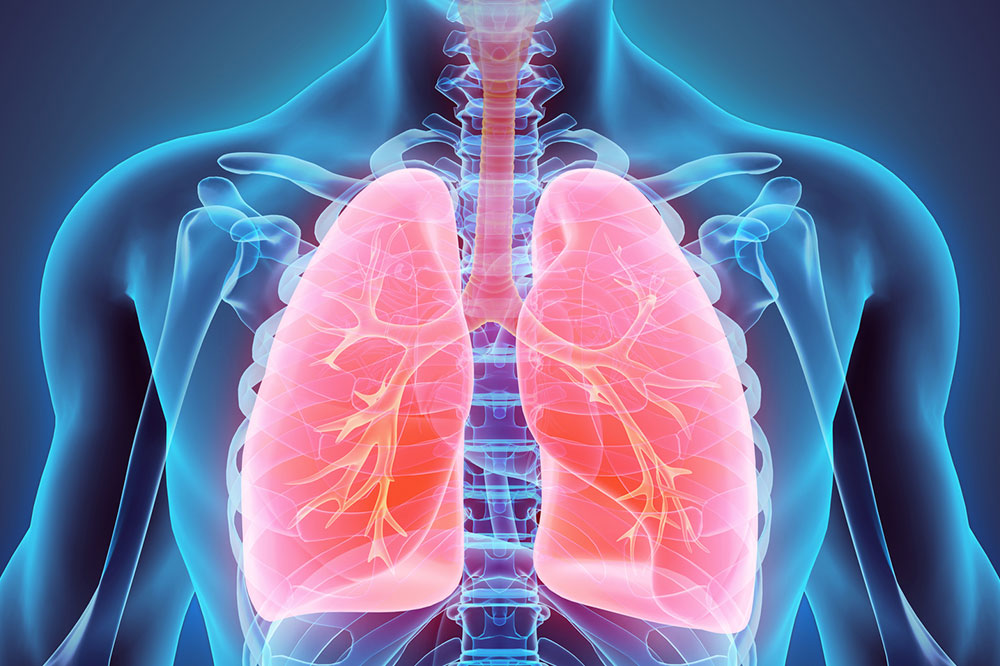Understanding Lung Cancer: Causes, Symptoms, and Treatments
Lung cancer remains a leading cause of cancer-related deaths worldwide, affecting both smokers and non-smokers. This article explores its causes, symptoms, risk factors, diagnosis methods, and treatment options, emphasizing the importance of early detection and support systems for patients. Understanding the disease can empower individuals to seek timely medical attention and adopt preventive measures. With advancements in medical technology, treatment strategies continue to improve, offering hope for better management and recovery. Maintaining awareness about lung cancer is crucial for public health and early intervention.

Understanding Lung Cancer: Causes, Symptoms, and Treatments
The body is composed of trillions of cells that grow, divide, and die in a regulated manner. When genetic mutations disrupt this process, abnormal cell growth occurs, leading to tumor formation. When these tumors are cancerous, they are considered malignant and can invade other tissues, spreading throughout the body. Conversely, benign tumors remain localized. Lung cancer is one of the most lethal cancers affecting both men and women, surpassing other types like breast cancer since 1987. It develops in the lungs and can metastasize to lymph nodes or distant organs like the brain.
Lung cancer can be classified into small cell and non-small cell types, each requiring different treatment approaches. Non-small cell is more prevalent. Early stages often have no noticeable symptoms, but some signs may include persistent infections like pneumonia, ongoing fatigue, unexplained weight loss, chronic coughs, and breathing difficulties such as wheezing or shortness of breath.
Risk factors include exposure to carcinogens like asbestos, radon, diesel exhaust, or silica, especially with prolonged contact. Tobacco smoking is the primary cause, responsible for 80-90% of cases. Second-hand smoke exposure also increases risk, with studies showing significant lung cancer incidence among non-smokers exposed to passive smoking.
Diagnosis often involves imaging tests such as chest X-rays, CT, MRI, and PET scans to detect abnormalities. Sputum analysis and tissue biopsies via bronchoscopy confirm the presence of cancerous cells. Treatment depends on the type and stage and may include surgery, chemotherapy, radiation, or targeted therapies. Post-treatment, support groups and healthcare providers play crucial roles in helping patients adapt to life after therapy.










